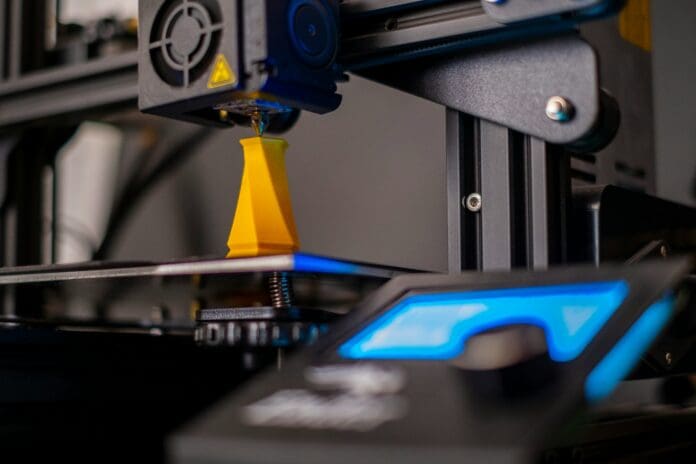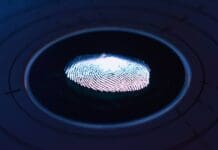This post is also available in:
 עברית (Hebrew)
עברית (Hebrew)
3D printing is often celebrated for its ability to produce toys, tools, and prototypes quickly, but the technology can also be exploited for illegal purposes. A recent study has highlighted how digital forensics can help law enforcement trace illicit 3D printing activities, including the production of weapons or other prohibited objects.
The research focuses on a new memory forensics framework called SliceSnap, designed to analyse the memory of slicing software, which are the programs that translate digital 3D models into the layer-by-layer instructions that a printer follows. By examining these memory files, investigators can reconstruct whether a printer has been used to create illegal items, even when criminals attempt to erase evidence.
SliceSnap extracts design files and the associated G-code instructions, which dictate printer operations such as speed and temperature. Subtle manipulations in these instructions can make otherwise ordinary objects dangerous, highlighting why forensic analysis is crucial in cases where printed items pose safety risks. The framework allows authorities to detect such modifications and understand the intent behind a printed object.
The study notes that popular slicing applications, such as Ultimaker Cura, present particular forensic challenges due to their complexity and widespread use. Criminals exploit these tools because 3D printing is cheaper, less regulated, and harder to trace than conventional manufacturing methods. By applying memory forensics, SliceSnap addresses a critical gap in tracking illegal 3D-printed items.
Initial findings have shown that forensic analysis of slicing software can reveal critical evidence even after files have been deleted, providing law enforcement with tools to reconstruct events and determine accountability. Researchers behind the project stress the growing importance of developing advanced forensic techniques in response to the rapid adoption of 3D printing technology.
According to TechXplore, as 3D printing becomes more accessible and sophisticated, forensic methods like SliceSnap offer a way to balance technological innovation with public safety. By examining the digital layers behind physical objects, investigators gain a clearer picture of criminal activity and can respond more effectively to emerging threats in the realm of additive manufacturing.
The research was published in Forensic Science International: Digital Investigation.


























